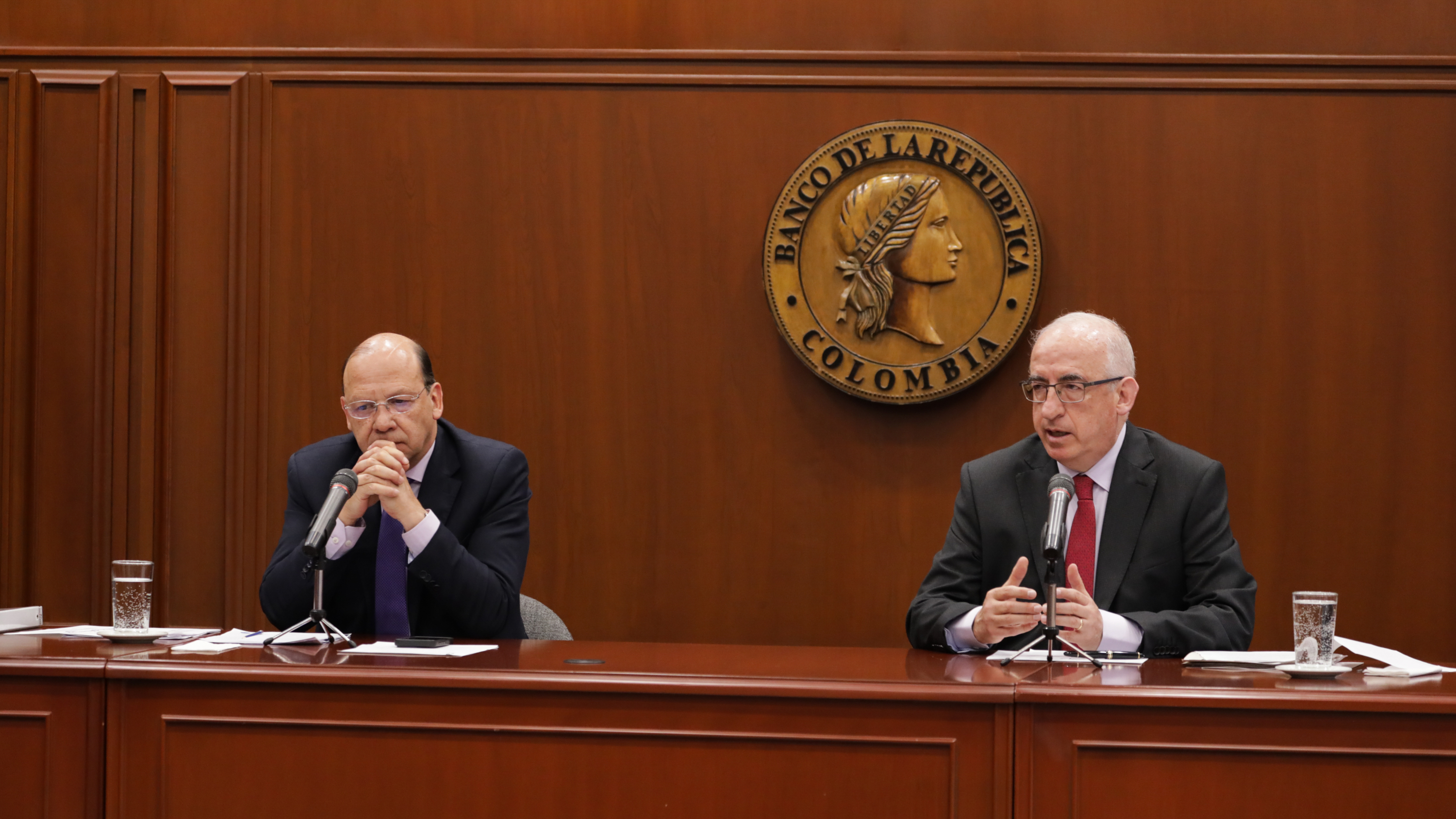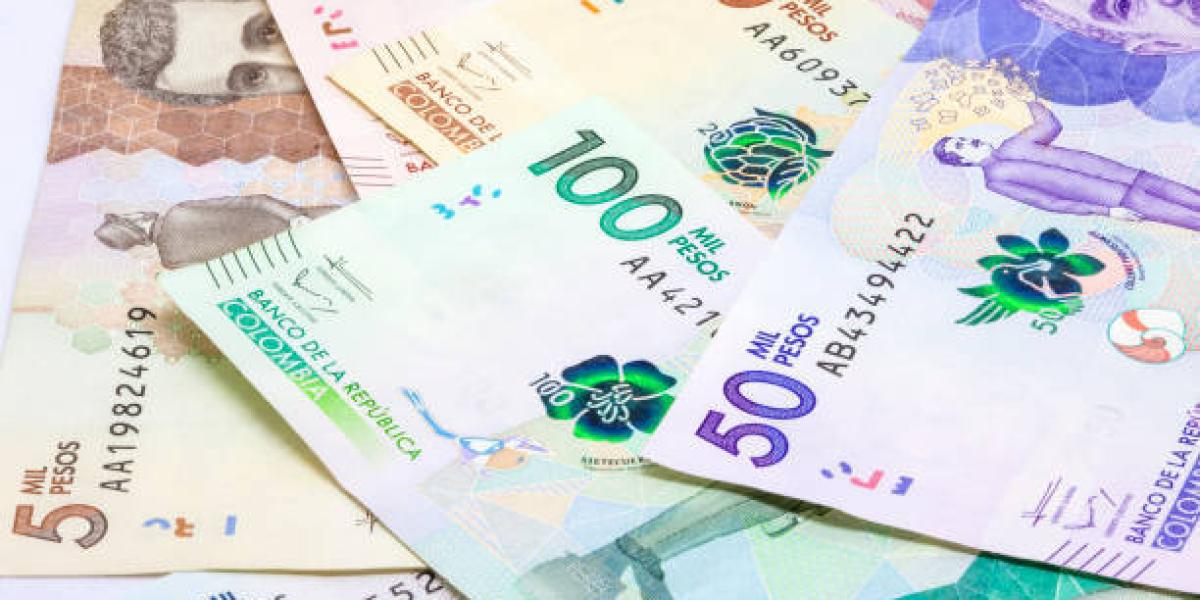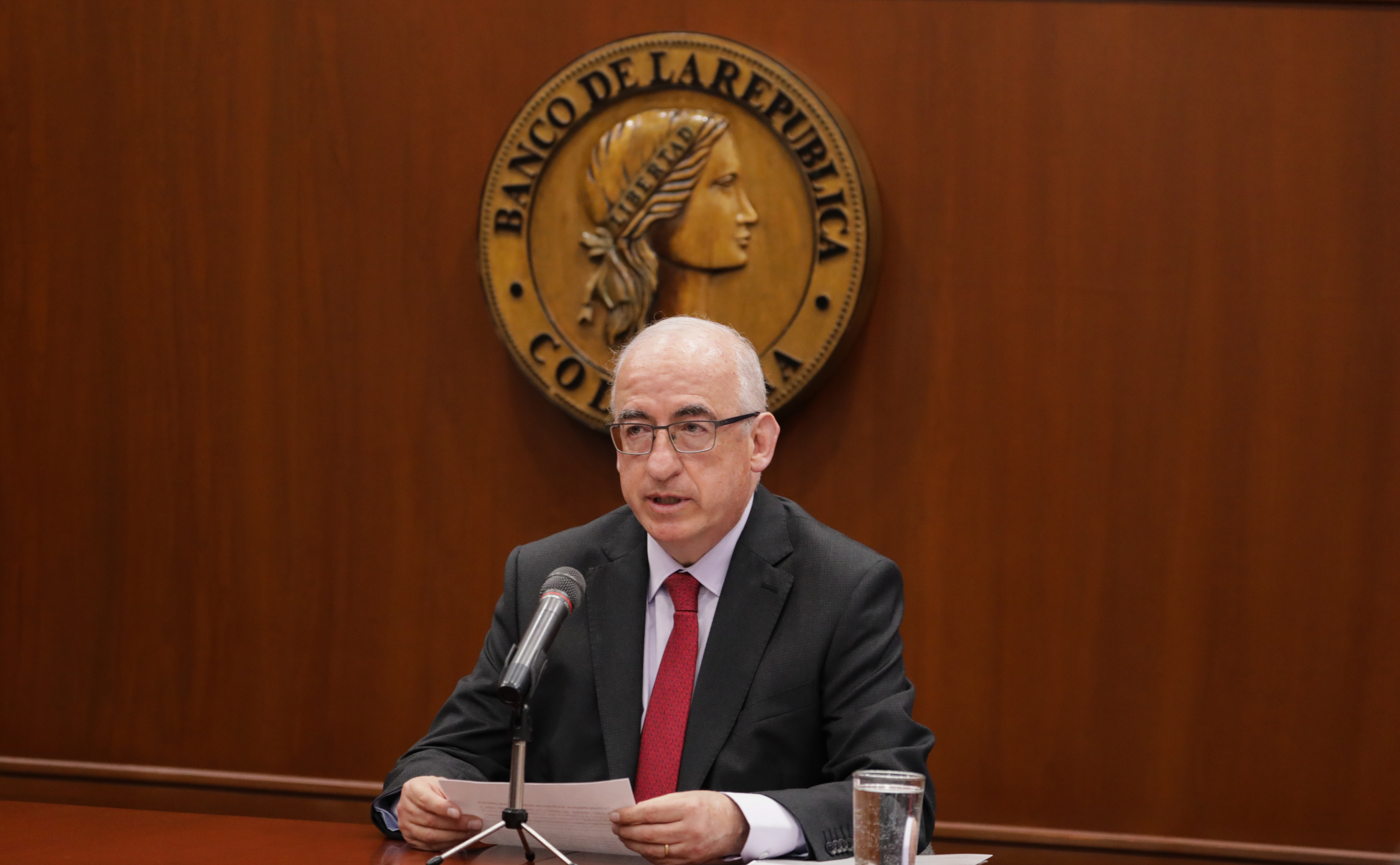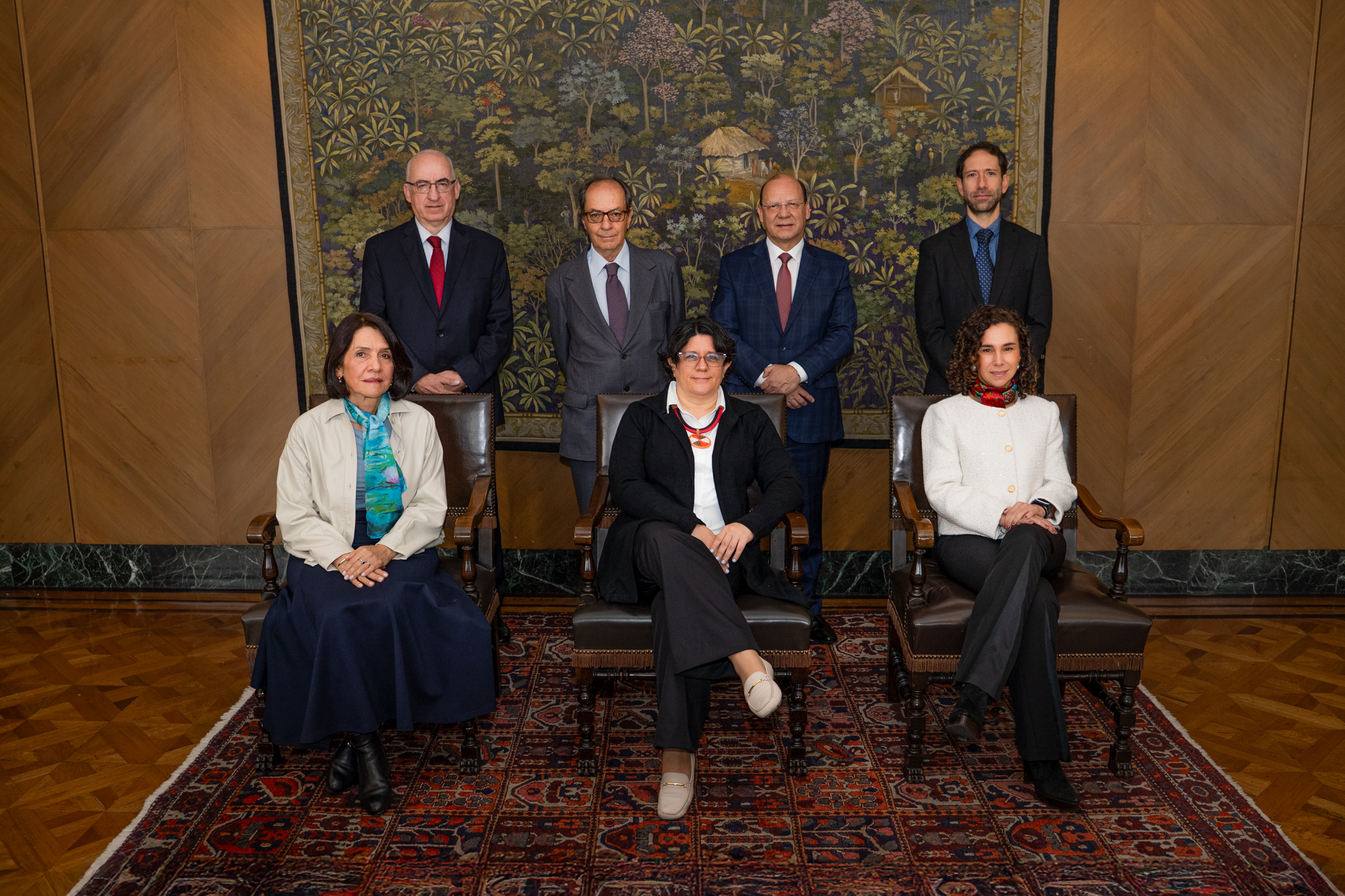Banco de la República decided to keep its interest rate unchanged at 9.25% for the second consecutive month.

For the second consecutive month, the board of directors of the Bank of the Republic decided to keep its interest rate unchanged at 9.25 percent, as announced Thursday by General Manager Leonardo Villar.
This stability was determined by a majority, with the support of four directors. Two voted for a 50 basis point reduction and one for a 25 basis point cut.
Finance Minister Germán Ávila expressed his "disagreement and discomfort" with this decision made by the four members of the board of directors.
He asserted that the National Government's proposal was to reduce the interest rate in order to address the dynamics of the economy, which is supported by the "significant reduction in inflation" and the expectation that it will reach 4.5 percent by the end of 2025.

Minister of Finance Germán Ávila and General Manager of the Bank of the Republic, Leonardo Villar. Photo: Bank of the Republic
"The real interest rate is expected to reach 4.6 percent in July, two percentage points above the neutral level estimated by the Bank of the Republic, given that inflation is expected to maintain its downward trend for the rest of the year and the output gap is expected to remain negative," added Minister Germán Ávila.
Therefore, he considers it "appropriate to implement interest rate reductions at the upcoming meetings of the Board of Directors" of the Bank of the Republic, as this would impact the possibilities of greater economic growth.
A signal of greater growth efforts in manufacturing was needed.
"The board members who didn't share the government's approach aren't sufficiently vigilant about the growth of the manufacturing sector. At this juncture, a priority was needed to signal greater efforts to grow manufacturing," he commented.

Photo: iStock
In its discussion, the board of directors took into account that annual inflation in June fell to 4.8 percent compared to 5.1 percent in May, thanks to a reduction in food and regulated item inflation, especially electricity.
Additionally, core inflation (excluding food and regulated items) stabilized at 4.8 percent, halting its downward trend.
According to General Manager Leonardo Villar, inflation expectations remain above the target, with analysts' expectations remaining stable and those from the public debt markets mixed.
He also emphasized that, although inflation is expected to trend downward next year, risks related to the international situation, Colombia's fiscal problems, and a higher-than-traditional increase in the monthly minimum wage are also anticipated.

General Manager of the Bank of the Republic, Leonardo Villar. Photo: Bank of the Republic
For the general manager, these risks justify Thursday's decision to keep the interest rate at 9.25 percent. The intention is to avoid having to reverse a reduction if any of these risks materialize.
Likewise, the board of directors noted that economic activity continues to gain momentum. The Economic Monitoring Index (ISE) showed an annual increase of 2.7 percent in May, led by tertiary activities.
Following the release of this data, the Bank of the Republic's technical team estimates that economic activity will grow at an annual rate of 2.7 percent in the second quarter, driven by domestic demand that is expected to grow by 4.1 percent.

Board of Directors of the Bank of the Republic Photo: Bank of the Republic
Another aspect the board analyzed was the country's external financing conditions, which face a complex environment of global trade tensions, heightened uncertainty due to conflicts in various regions of the world, and an expected slow normalization of monetary policy in the United States.
"The decision adopted by the board of directors maintains a cautious monetary policy stance that recognizes the identified risks to inflation's convergence to the target," the general manager explained.
He also stated that future interest rate movements will respond to the evolution of inflation and its expectations, the dynamics of economic activity, and the balance of internal and external risks.
eltiempo





